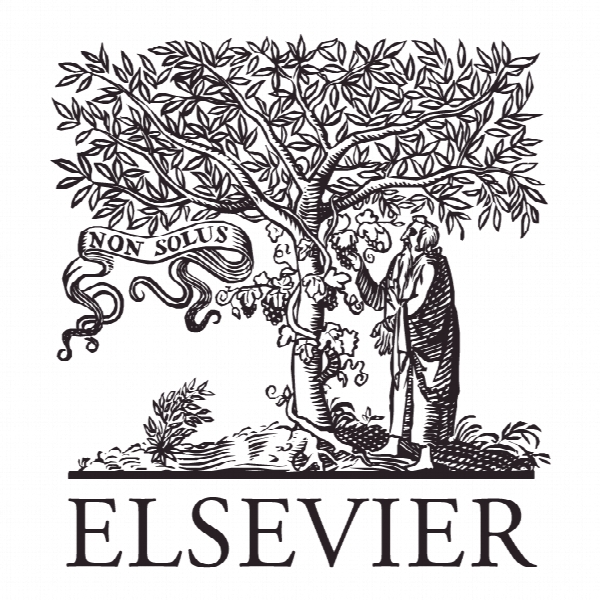روش تجزیه و تحلیل نمونه کارها برای اطلاع سیاست نوآوری و پیش بینی A portfolio analysis methodology to inform innovation policy and foresight
- نوع فایل : کتاب
- زبان : انگلیسی
- ناشر : Elsevier
- چاپ و سال / کشور: 2017
توضیحات
رشته های مرتبط مدیریت
گرایش های مرتبط مدیریت استراتژیک
مجله پیش بینی فنی و تغییر اجتماعی – Technological Forecasting & Social Change
دانشگاه مرکز مطالعات استراتژیک و مدیریت، برزیل
نشریه نشریه الزویر
گرایش های مرتبط مدیریت استراتژیک
مجله پیش بینی فنی و تغییر اجتماعی – Technological Forecasting & Social Change
دانشگاه مرکز مطالعات استراتژیک و مدیریت، برزیل
نشریه نشریه الزویر
Description
1. Introduction For many years innovation foresight (Georghiou, 2007) has been an exercise typically circumscribed to technology assessment areas. Foresight has evolved beyond technology-driven scenarios. More recently, its focus has shifted from specific future economic and technological targets to an in-depth understanding of the ways in which one can operate and interact in known and in unknown systems (Miller, 2007, 2011a, b; Loveridge, 2009). Hence, future-oriented discussions have been based on reframing the future in order to collectively identify and invent anticipatory assumptions and make choices in the present (Miller, 2007, 2011a, b). Many are the challenges in attempting to characterize innovation ecosystems. Cagnin et al. (2012) highlighted the contributions that FTA might make to orient innovation systems towards grand challenges by considering structural and functional aspects of a ‘systems of innovation’ approach. This should be the departing point for any foresight exercise aimed at understanding the dynamics of a given innovation ecosystem and its associated indicators. In this paper, we propose a methodology that could generate inputs for any innovation foresight exercise. In order to bring abstraction down into an operational level, the proposal will look at such a foresight study that would address shortcomings of the Brazilian innovation ecosystem as a case study. The Global Innovation Index, hereafter GII, considers the performance of a broad range of countries in seven areas (“pillars”) critical to building, maintaining and strengthening national innovation ecosystems. In this paper, we describe and execute an example application of a methodology to optimize a portfolio of investments to address a country’s shortcomings in specific GII pillars and their 81 sub-pillars. The application example is Human Factors in Innovation, for which we apply our method to nine sub-pillars in Brazil. The portfolio of investments that we consider is restricted to fifteen programs of the Brazilian Ministry of Education for which we were able to obtain sufficient data for the analysis. Accordingly, the portfolio that we identify is optimized only within these possible investments, and does not include many likely important programs of other federal, state and local agencies and even those of the Ministry of Education for which we did not have sufficient data for analysis. Thus, we present these results solely as an illustration of the method and not with the intent to support investment decisions.


